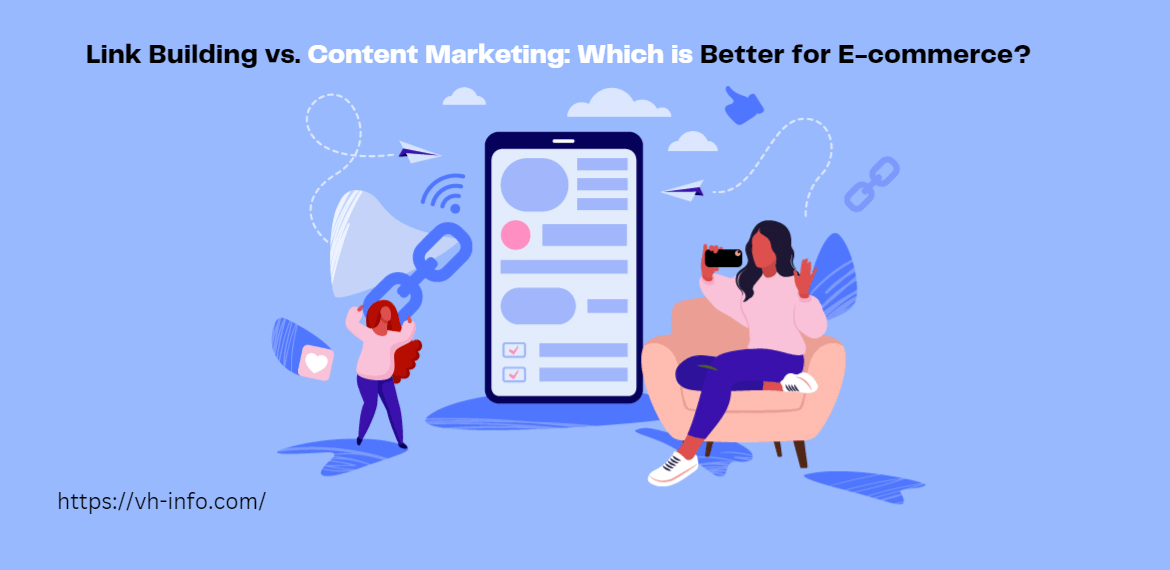
Link Building vs. Content Marketing: Which is Better for E-commerce?
1. Introduction to Link Building and Content Marketing in E-commerce Link building and content marketing are two essential strategies used

Link Building vs. Content Marketing: Which is Better for E-commerce?
1. Introduction to Link Building and Content Marketing in E-commerce Link building and content marketing are two essential strategies used
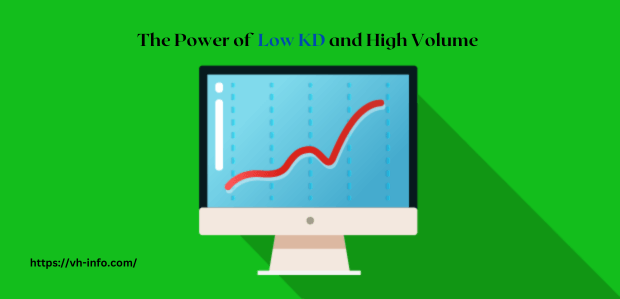
Maximizing Blog Traffic: The Power of Low KD and High Volume
Google is constantly changing the way it ranks websites. One of the most important factors in a site’s ranking is
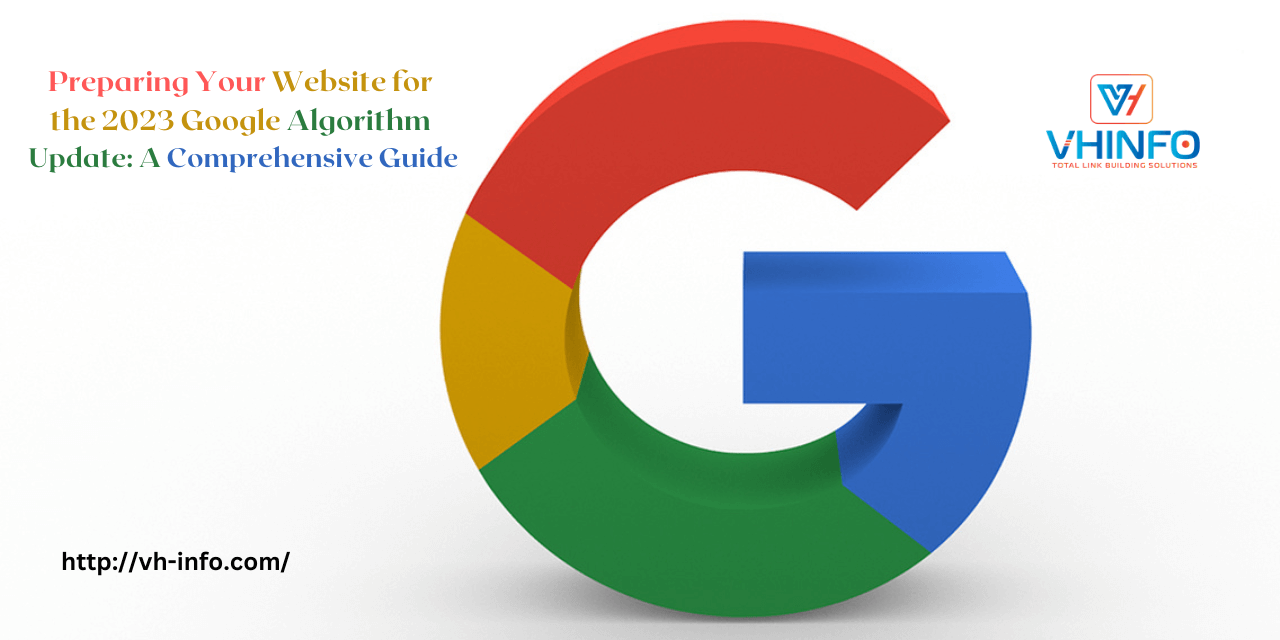
Preparing Your Website for the 2023 Google Algorithm Update: A Comprehensive Guide
1. Understanding the 2023 Google Algorithm Update: What You Need to Know The 2023 Google algorithm update is expected to
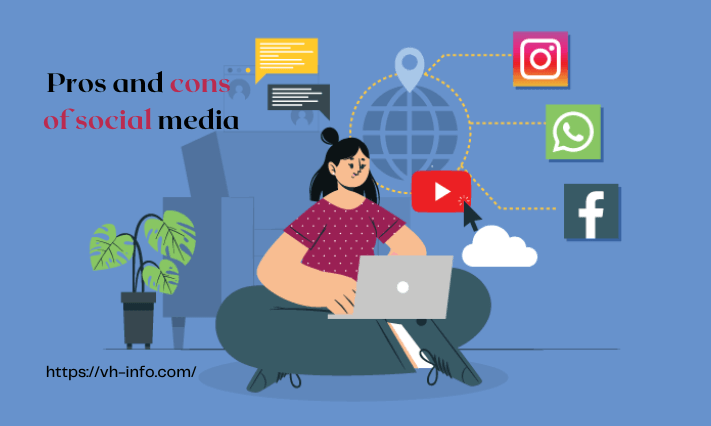
The Pros and Cons of Social Media for Business and Marketing
1. Introduction to social media for Business and Marketing With billions of users worldwide, social media has ingrained itself firmly

Top Benefits of Artificial Intelligence in Mobile App Development
With more than five million mobile apps available on the market, it has become essential for businesses to develop an
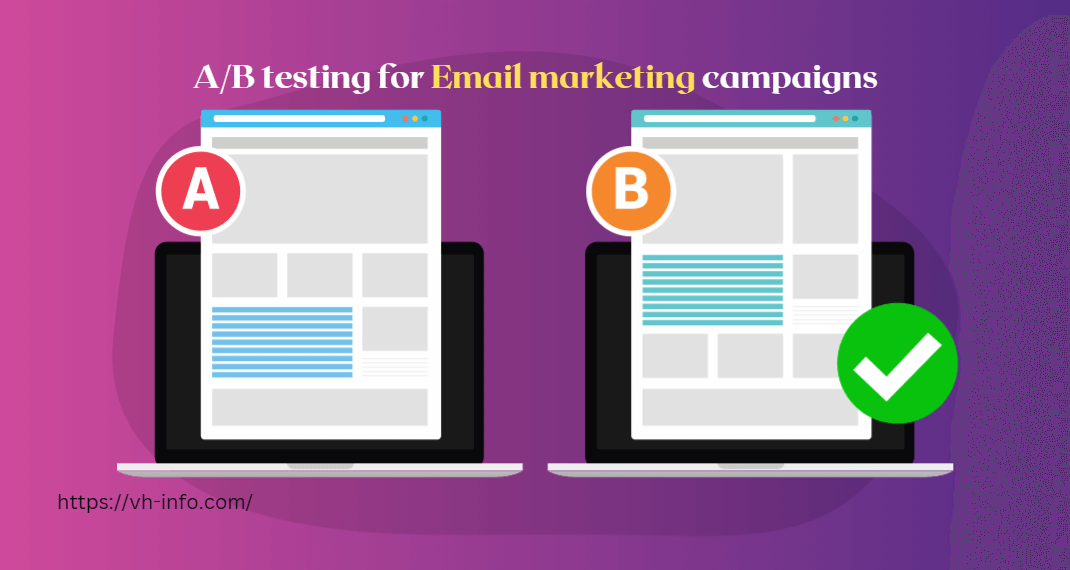
A/B Testing for Email Marketing Campaigns: Tips and Best Practices
Introduction of A/B testing for email marketing campaigns: What is it and why is it important? A/B Testing for Email
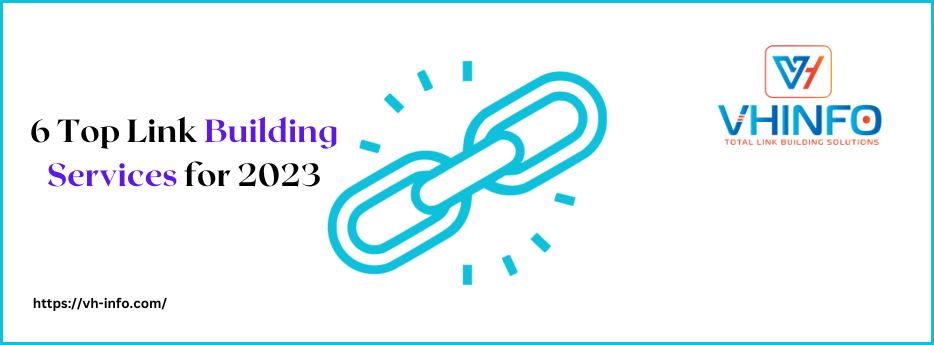
6 Top Link Building Services for 2023
Your business can’t thrive without a strong online presence in today’s digital age. And one of that presence’s key elements
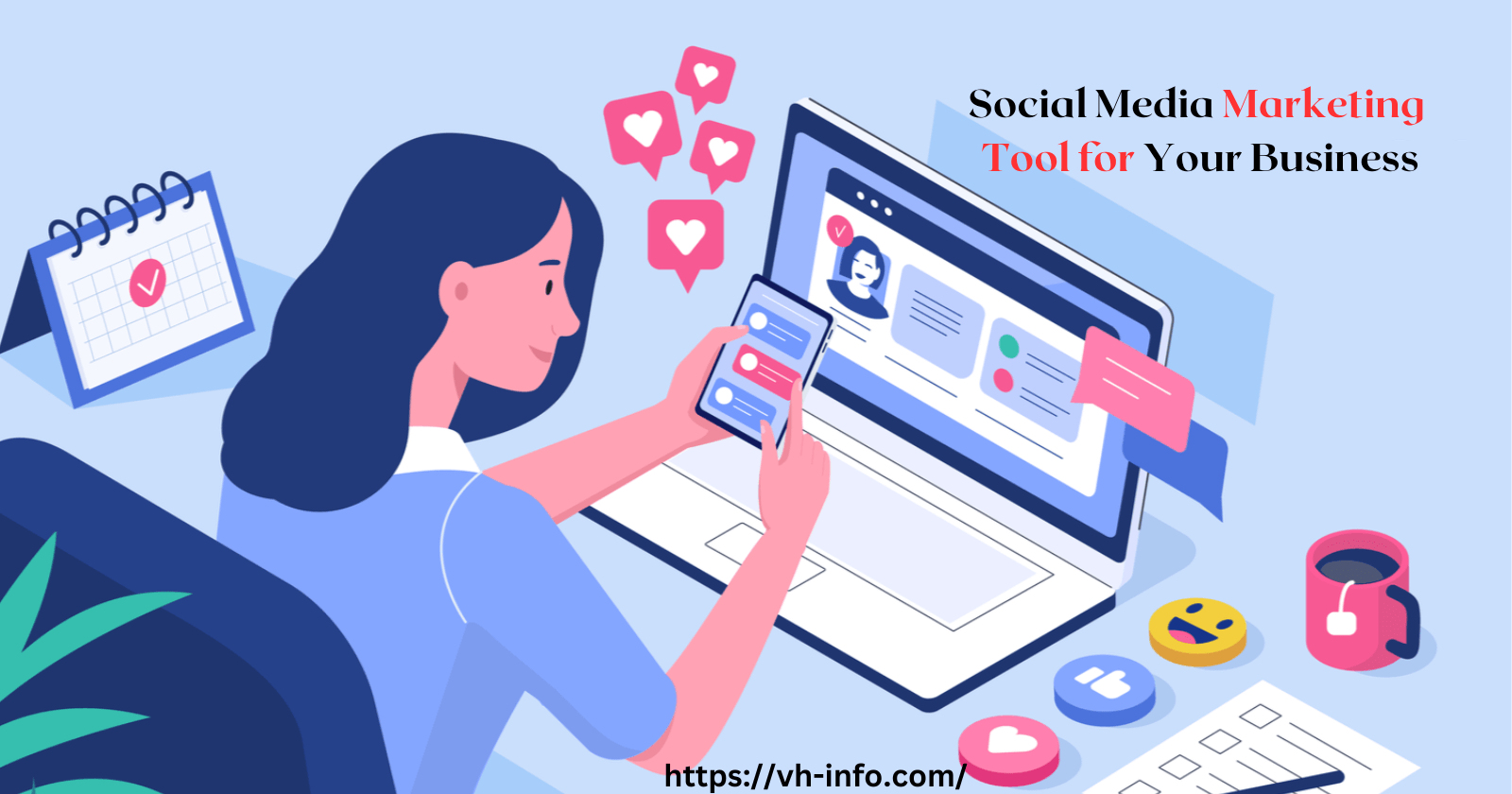
How to Choose the Right Social Media Marketing Tool for Your Business
Introduction Social media has become essential to any modern business’s marketing strategy. But managing multiple social media accounts can be
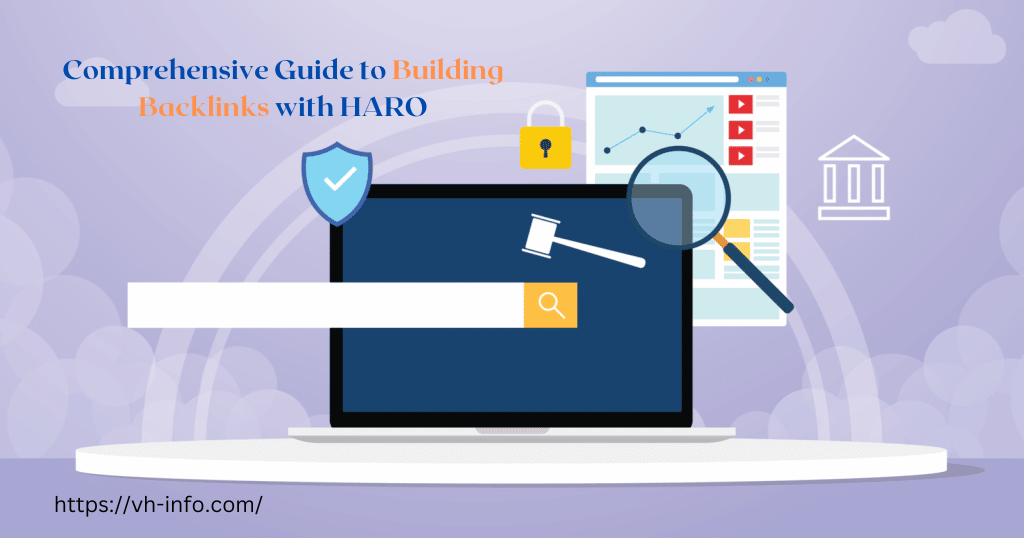
HARO Link Building: A Comprehensive Guide to Building Backlinks with HARO
Introduction: What is HARO Link Building and Why is it Important for SEO? HARO Link Building is an effective strategy
WHAT WE
3rd floor, VHinfo, QRXG+CG9 Capital Market, Canal Rd, chokdi, Ravapar, Morbi, Gujarat 363641
VH-info © 2025 | All Rights Reserved